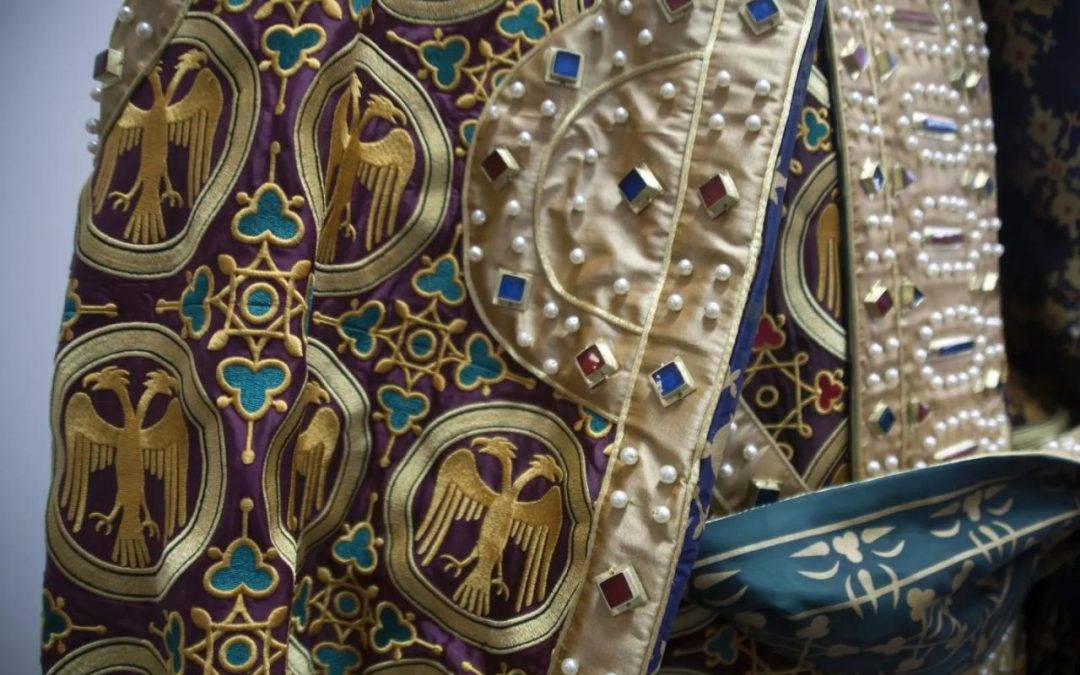
Exhibited reconstructions of the clothes of despot Stefan Lazarevic and despot Đurđ Branković
The exhibition "Waiting for a permanent exhibition" of the History Museum of Serbia in Belgrade has become richer with two new valuable items - reconstructions of the clothes of despot Stefan Lazarevic and despot Đurđ Branković, which today adorn the last room of the part of the exhibition dedicated to the Middle Ages. The clothes were modeled on those shown in art shows from their time, the Historical Museum of Serbia announced.
The reconstruction of the clothes was made by Jelena Stokuća, while the dolls on display are the work of Darko Kuzmanović.
The reconstruction of the clothes of the despot Stefan Lazarevic was modeled on the founder's fresco from his endowment of the Manasija monastery. Parts of the clothing are decorated with lavish ornaments. The saxos is dark red in color, and the ornaments on it, as well as on the face of the cloak, are eagles inscribed in circles. The loros is narrow, golden, and like a maniac, it is encrusted with handmade blue and red stones with pearls, while its lining is green. Perivrachions, rectangular plates, are sewn only on the outside of the arms, while rotas are positioned on the elbows, epimanics on the ends of the sleeves, and square "tabulae" on the sides at knee height. The cloak is a slightly lighter color, with a collar that has connected circular ornaments, the most typical decoration of ancient tunics, which was transferred to the Byzantine imperial regalia. The lining of the cloak is blue with a gold-black pattern.
The reconstruction of the clothes of despot Đurđ Branković, the ruling heir of despot Stefan Lazarević, was modeled after the charter kept in the Svetogorje monastery of Esfigmen, in which he is shown with his family. Parts of the clothing, as with the clothing of despot Stefan Lazarevic, are decorated with hand-made precious stones and embroidered ornaments. The red jacket with wide sleeves was made for reconstruction purposes in a prestigious weaving workshop in the vicinity of London, and underneath it is a petrol blue tunic. The golden loros is characteristically embroidered and set with petrol blue fabric. The upper mantle, in a darker shade of petrol blue, is lined with light gray fur, which, from the way it is painted and presented in the representation in the sphygmenian charter, suggests that it was made of ermine.
With the exhibition "Waiting for a permanent exhibition", the Historical Museum of Serbia presents to visitors the most valuable items from the legacy of two modern Serbian dynasties - Karađorđević and Obrenović, which are kept in the Museum's collections.
The exhibition is designed to provide an insight into individual units of the future permanent exhibition: in the central and side halls, objects belonging to the patriarchs and their heirs from the Karađorđević and Obrenović dynasties are presented, while in the rest of the space, the period of the pre-Nemanjić and Nemanjić rulers, the decline of the Serbian medieval states under Ottoman rule, as well as the period of Serbian Despotism.
The authors of the concept of the exhibition are Dr. Dušica Bojić, Slađana Bojković and Tijana Jovanović Česka, the design of the exhibition was conceived by the curator Izabela Martinov Tomović, while the curators of the Museum participated in the preparation and implementation of the exhibition.
The exhibition "Waiting for a permanent exhibition" is open to visitors every day except Monday from 12:00 to 20:00.
Photo: Historical Museum of Serbia
PHOTOS
RELATED ARTICLES
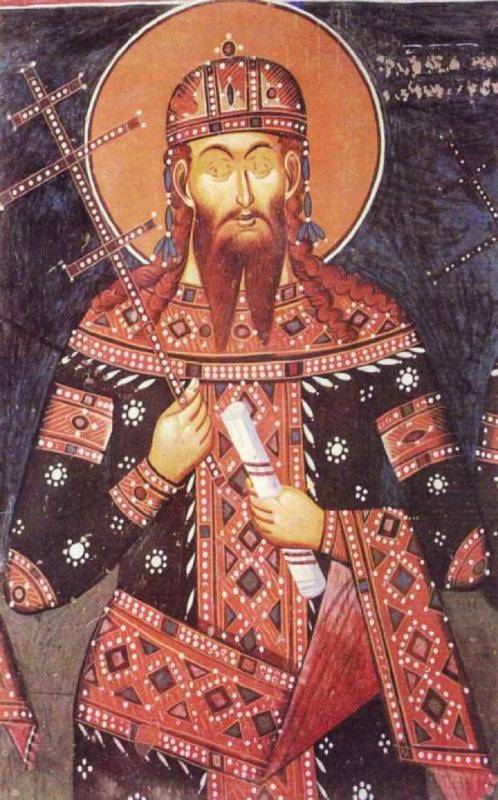
Calendar for December 15 Saint Emperor Uroš
The only son of the Serbian Emperor Dušan and Empress Jelena, sister of...
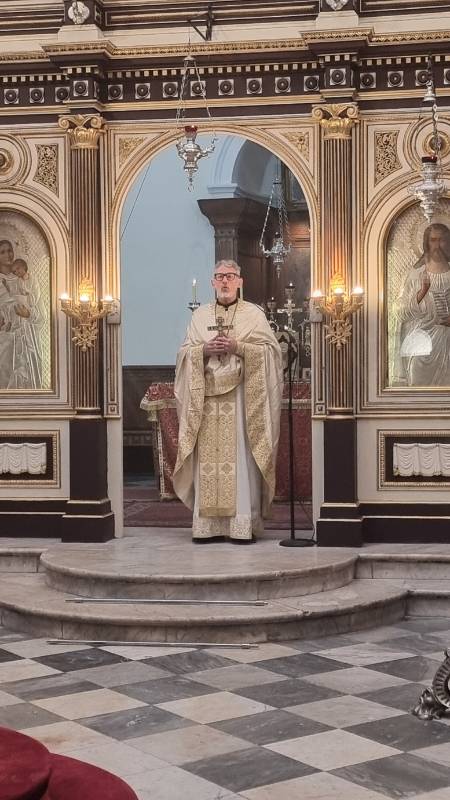
FATHER NEMANJA KRIVOKAPIC: BY PUTTING FORM ABOVE ESSENCE, ALL BECAME HYPOCRITES SIMILAR...
“Whenever we think about the miracles performed by the Lord, such as the...
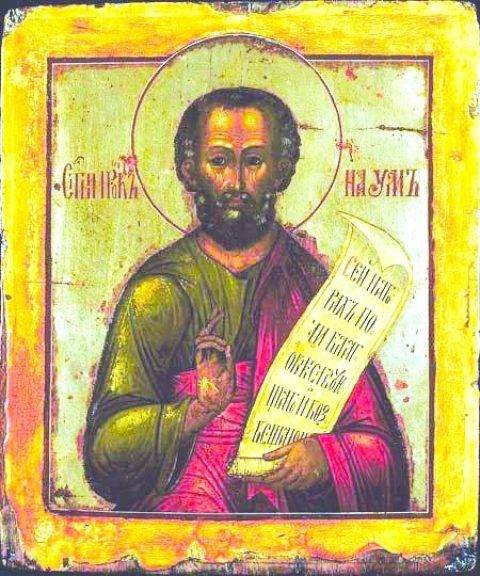
Calendar for December 14 Saint Prophet Nahum
A native of the town of Elkosh, across the Jordan, from the tribe of Simeon. He...


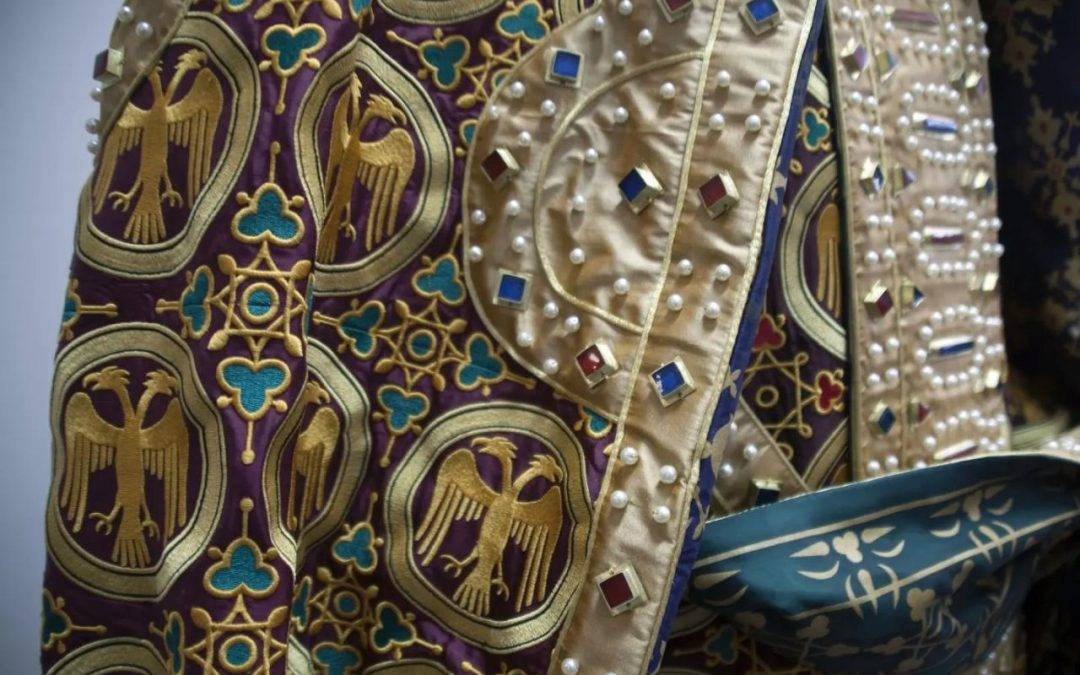

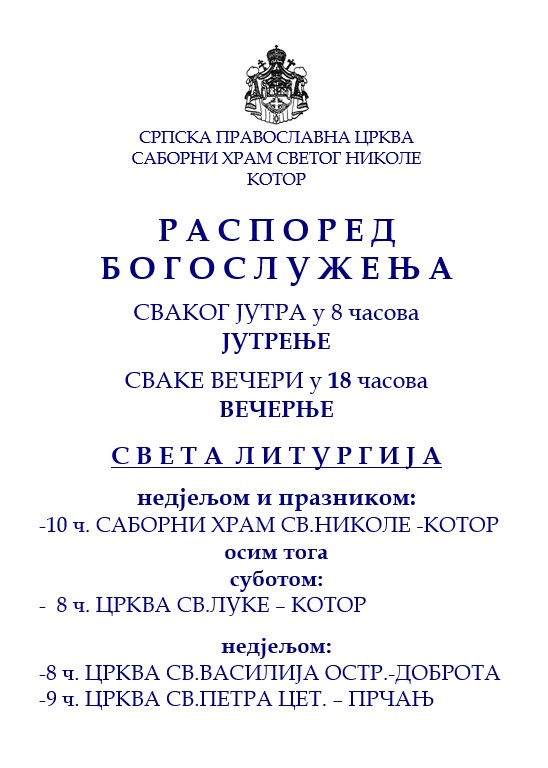
.png)